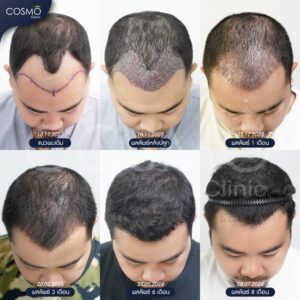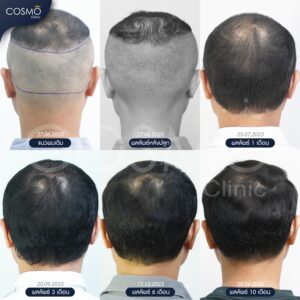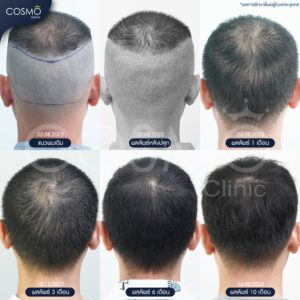Understanding Post-Hair Transplant Complications
Hair transplant surgery is generally safe, but complications can arise if proper post-operative care isn’t followed. While mild discomfort, scabbing, and temporary shedding are normal, some symptoms may indicate serious issues requiring immediate medical attention.
This guide covers the most common post-hair transplant abnormalities, how to recognize them, and when to consult a doctor.
2. Excessive Swelling (Edema)
- Swelling around the forehead and eyes is common for 3–5 days, but severe swelling beyond a week could signal an issue.
- If swelling extends to the neck or causes difficulty breathing, seek urgent medical care.
4. Graft Rejection or Poor Graft Survival
- If newly implanted hair falls out excessively within the first few weeks, it could be shock loss or poor graft survival.
- Bald patches near the transplant area may indicate graft necrosis.
- What to do? PRP therapy or additional treatment may help restore growth.
Trust Cosmo Hair Center for Safe & Effective Hair Transplants
At Cosmo Hair Center, patient safety and long-term success are our top priorities. Our expert medical team provides comprehensive post-operative care to ensure optimal healing, graft survival, and natural-looking results. If you experience any post-hair transplant abnormalities, our specialists are ready to provide immediate support and advanced treatments.

Article written by
Pathompob Khunkitti, MD.











